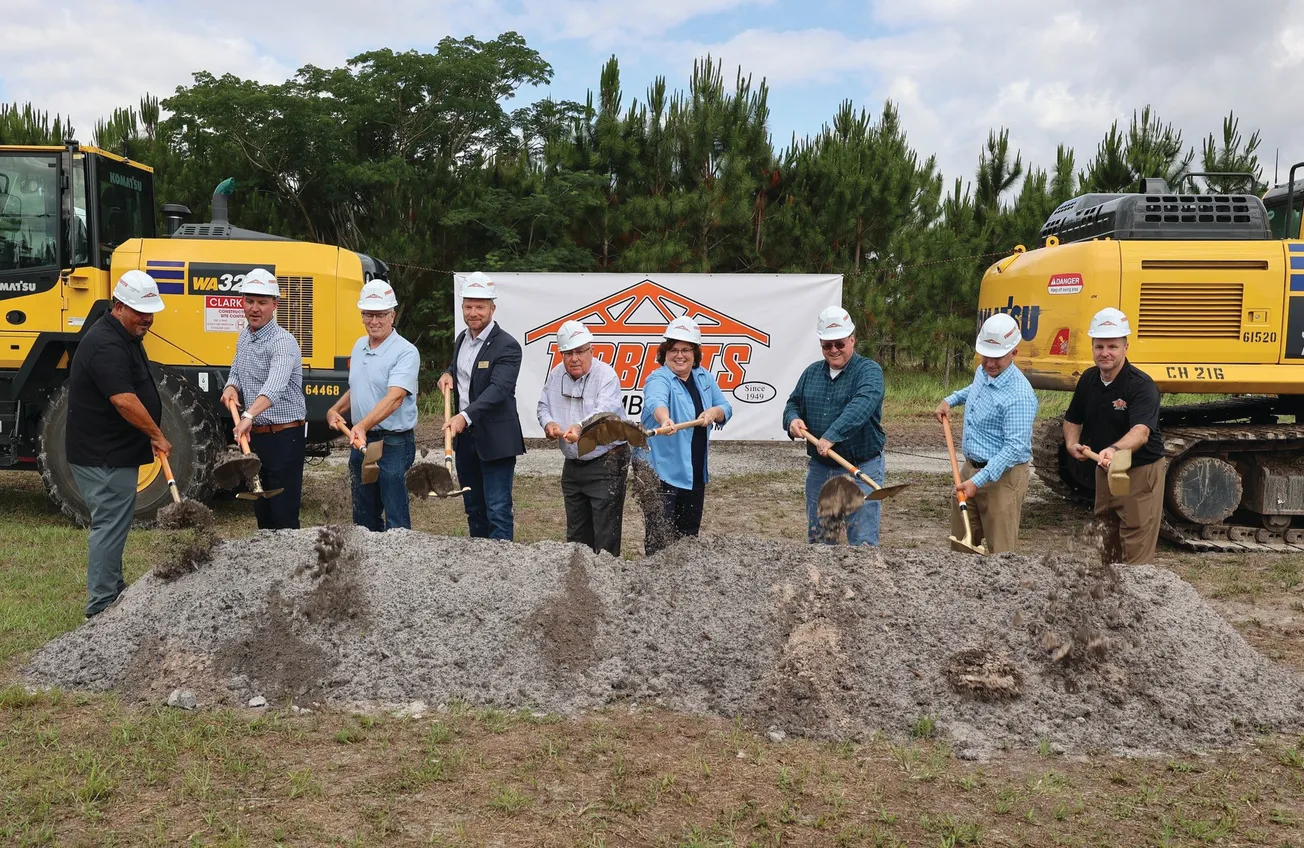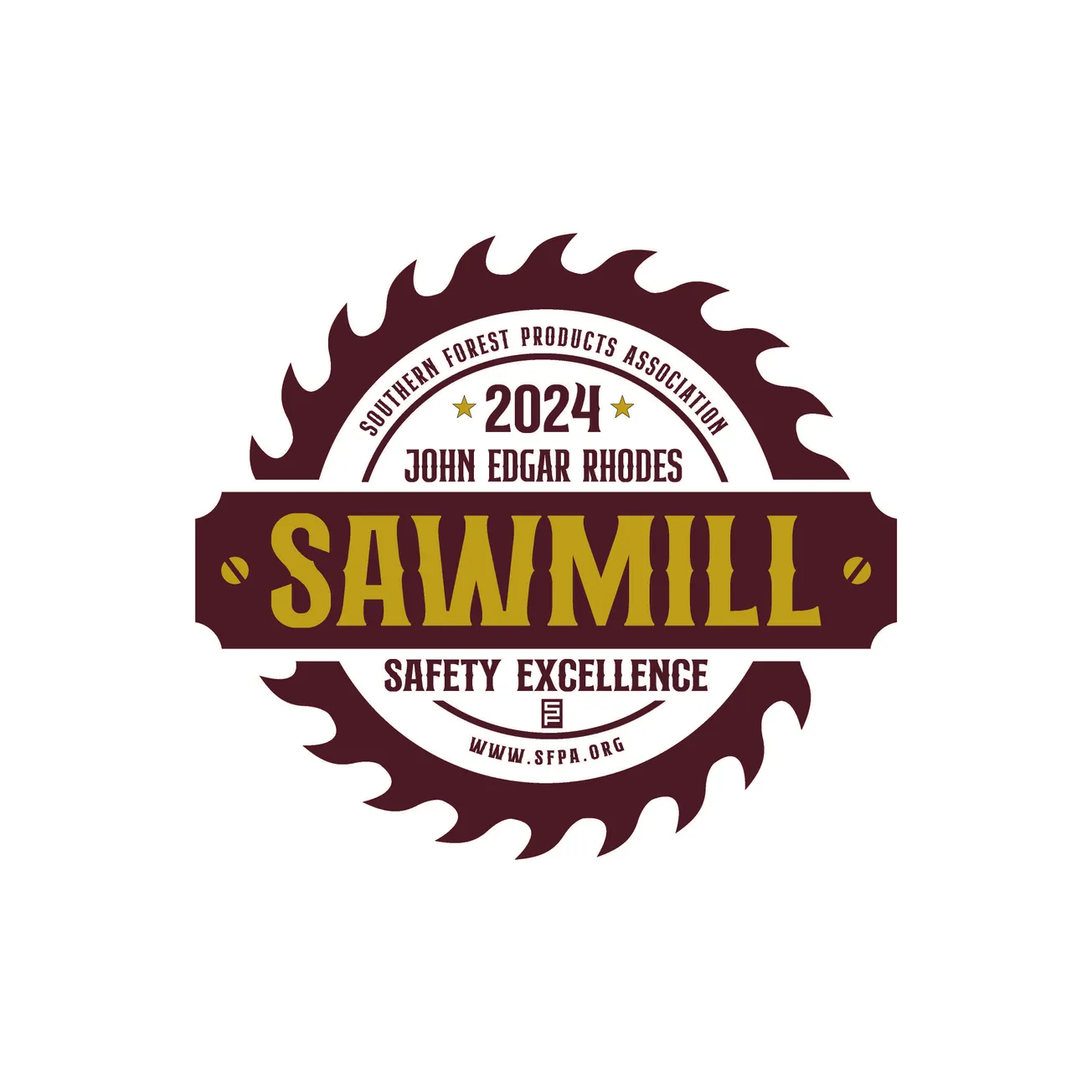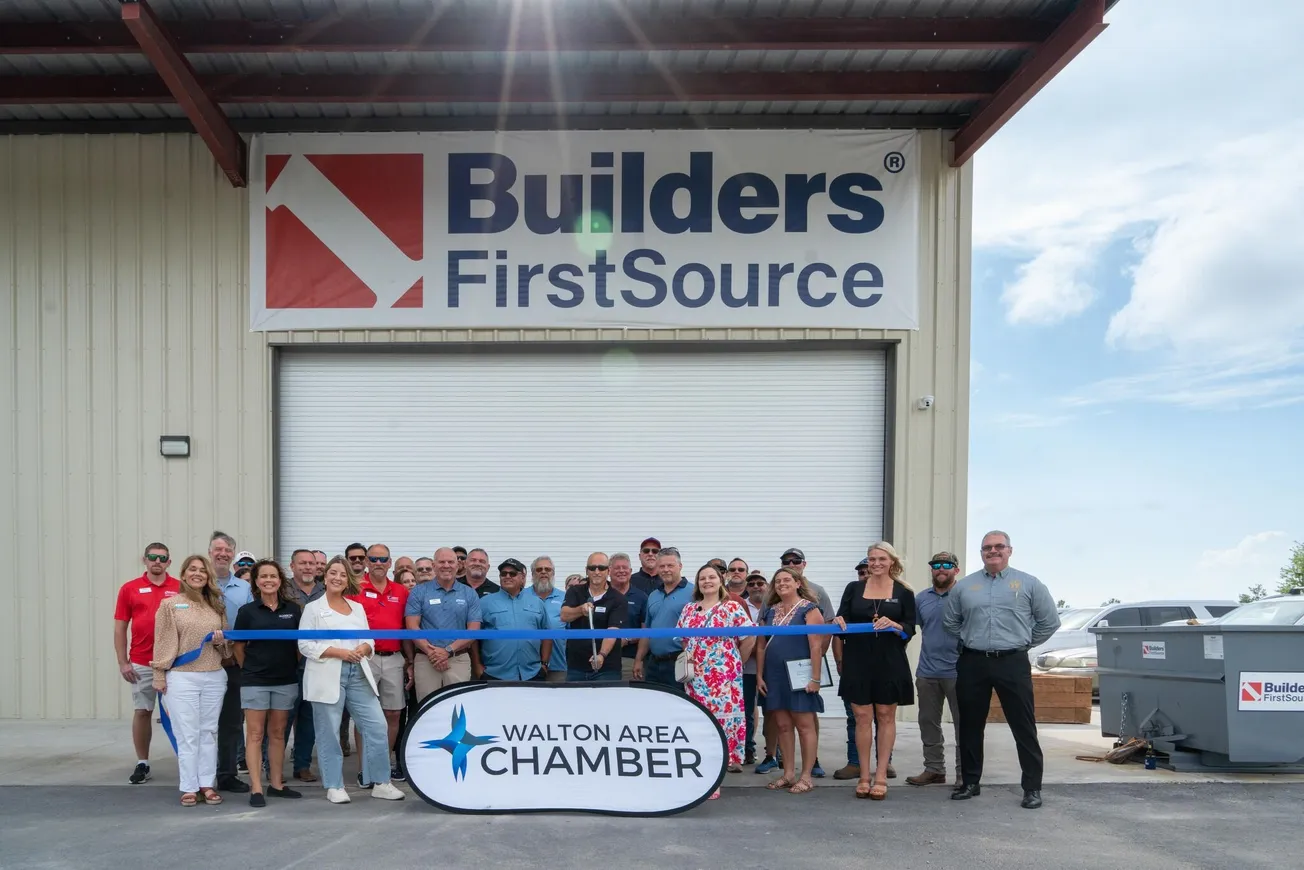Table of Contents
The APA trademark provides a lot of useful information for builders and specifiers. APA trademarked panels are suitable for a variety of end uses including subflooring, single-layer flooring, wall and roof sheathing, ceiling/deck sheathing and more. Panels can be manufactured in a variety of finishes, thicknesses and bond classifications—depending on the intended application.
APA Performance Rated Panels are easy to use and specify since the recommended end use and other helpful information is clearly indicated in the trademark located on the panel. APA – The Engineered Wood Association provides guidance on interpreting the APA trademark to help you select and specify the right panel for the job.
1. Panel Grade
Structural panel grades are generally identified in terms of the plywood veneer grades used on the face and back of the panel (e.g., A-B, B-C), or by a name suggesting the panel’s intended end use (e.g., APA Rated Sheathing, APA Rated Sturd-I-Floor—also known as single floor).
Veneer grades define veneer attributes in terms of natural unrepaired growth characteristics and allowable number and size of repairs that may be made during manufacture. The highest quality veneer grade commonly available is A. The minimum grade of veneer permitted in Exterior plywood is C-grade. D-grade veneer is only permitted to be used in panels intended for applications protected from long-term exposure to weather.
2. Span Rating
The span rating for APA Rated Sheathing is presented as two numbers separated by a slash. The left-hand number is the maximum recommended center-to-center spacing for supports in inches when the panel is used for roof sheathing with long dimensions across supports. The right-hand number is the maximum center-to-center spacing of supports in inches when the panel is used for subflooring with the long dimension across supports. The span rating on APA Rated Sturd-I-Floor underlayment and APA Rated Siding panels appears as a single number. Span ratings for APA Rated Sturdi-I-Floor and underlayment panels, like those for APA Rated Sheathing, are based on application of the panel with the long dimension or strength axis across three or more supports.
4. Bond Classification
APA trademarked panels may be produced in two moisture-resistant bond classifications—Exterior and Exposure 1. The classifications are based on the severity and duration of weather and moisture exposure the panels are designed to withstand, and the wood materials and adhesives used in manufacture.
Exterior Panels: Have bonds capable of withstanding repeated wetting and redrying or long-term exposure to weather or other conditions of similar severity.
Exposure 1 Panels: Suitable for uses not involving long-term exposure to weather. Panels classified as Exposure 1 are intended to resist the effects of moisture on structural performance during construction or similar conditions. Exposure 1 panels may also be used when exposure to the outdoors is protected from direct exposure, such as the underside of panels at roof overhangs, although appearance characteristics of the panel grade should also be considered. Exposure 1 panels are made with the same exterior adhesives used in Exterior panels. However, because other panel compositional factors may affect bond performance, only Exterior panels should be used for long-term exposure to the weather.
5. Decimal Thickness Declaration
This value is generally at or near the lower tolerance specified in PS 1 or PS 2.
6. Mill Number
Manufacturing mill identification number.
7. Product Standard
An industry product manufacturing or performance specification. Voluntary Product Standard PS 1-19 for Structural Plywood was developed cooperatively by the plywood industry and U.S. Department of Commerce. Voluntary Product Standard PS 2-18, Performance Standard for Wood Structural Panels, establishes performance criteria for specific designated construction applications.
8. Performance Category
The term “Performance Category” is a panel designation related to the panel thickness range that is linked to the nominal panel thickness designations used in the International Building Code (IBC) and International Residential Code (IRC).
9. Siding Face Grade
The grade identification of siding face—based on the number of repairs and appearance characteristics.
10. Group Number
Structural plywood can be manufactured from over 70 species of wood. These species are divided based on strength and stiffness into five groups under PS 1. Strongest species are in Group 1, the next strongest in Group 2 and so on.
The group number that appears in the trademark on some APA trademarked panels, primarily panels with no span rating, is based on the species used for face and back veneers or upon equivalent strength testing of the panel. Check local availability if a particular species is desired.
11. HUD Recognition
Recognition of wood-based Performance Rated panels is contained in Use of Materials Bulletin UM-40.
12. Panel Grade–Canadian Standard
Some APA panels are manufactured to both U.S. and Canadian standards and carry a dual mark, as shown in the Rated Sheathing mark above. Other panels may carry a single mark for either the U.S. or Canadian standard.
13. Panel Mark
Rating and end-use designation, Canadian standard. In the Canadian span marking, the “R” signifies roofs and the “F” represents subfloors.
14. Canadian Construction Sheathing Standard
15. Panel Face Orientation Indicator









